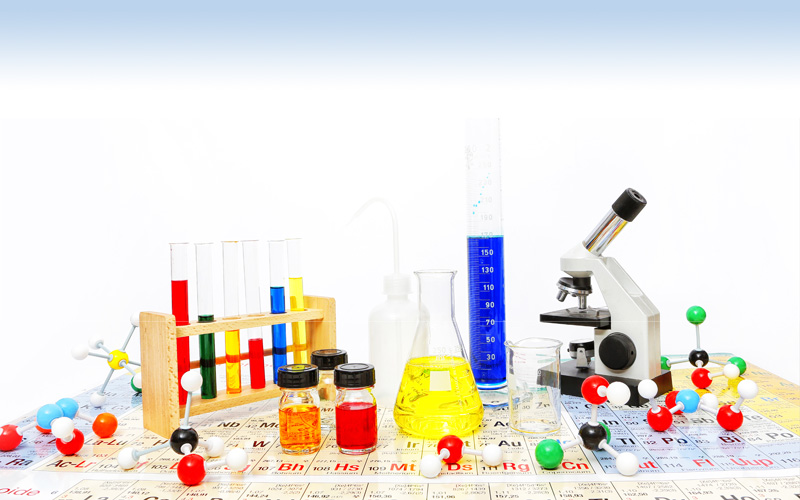The thermochemical processes that yield syngas (gasification, reforming, and pyrolysis) differ from incineration, in which waste is combusted to yield steam, carbon dioxide and ash.
Thermochemical processing of waste does produce some carbon dioxide, but the International Panel on Climate Change (IPCC) regards incineration of the biogenic fraction of waste as carbon dioxide neutral. Animal carcasses, scrap wood, waste vegetable oils and post-consumer wastepaper meet this definition. So, a large portion of the hydrogen produced can be regarded as renewable.
Organic materials ranging from municipal solid waste, biomass, sewage, manufacturing waste, plastic waste, hospital waste, agricultural and slaughterhouse waste are suitable feedstocks. Integrated pyrolysis, reforming and gasification have a significant environmental advantage over incineration: the oxygen-deficient atmosphere prevents the formation dioxins and furans which are highly toxic pollutants.
After removal of recyclables, the waste is shredded and fed into the first thermochemical processing reactor stage which is pyrolysis. The reactor operates at around 750 °C in the absence of air. The feedstock is thermally decomposed into gaseous, solid, and liquid components.
As the gases leave the pyrolysis reactor, steam is added to enable reforming and cracking reactions. These generate hydrogen and break heavy tars to short-chain hydrocarbons. Reforming generally takes place at around 920 °C.
As a third thermochemical processing stage, a partial oxidation reactor (POX) can be used. The POX reactor is fed with pure oxygen, rather than air, to avoid NOx generation. NOx causes materials selection challenges for the process equipment and contributes to air pollution. In the POX reactor a controlled amount of oxygen is added – less than the amount required for complete combustion. This ensures that carbon monoxide is produced in preference to carbon dioxide.
POX destroys tars and other large hydrocarbons due to the high temperature operation and the presence of a controlled amount of oxygen. Syngas leaving the exothermic POX reactor is at a very high temperature. This is another benefit of using POX in the overall process. Recovery of heat from the syngas with a radiant/convective heat exchanger or direct quench improves the overall process efficiency. The heat can be used to produce steam for power generation or process heating.
Typical syngas clean-up and conditioning processes include cyclones and filters for particulates removal followed by wet scrubbing to remove fine particulates, ammonia, and chlorides. Solid absorbents such as activated carbon may also be used for mercury and trace heavy metal removal.
Fischer-Tropsch conversion of the clean syngas to produce methanol or liquid fuels is a possible next step in the process. On the other hand, if hydrogen is the target, the syngas is fed to water gas shift (WGS) reactors which progressively increase the ratio of hydrogen to carbon monoxide in the syngas.
To maximise the hydrogen yield, the WGS reaction is carried out in two stages. In the first stage, a high-temperature shift (HTS) is performed at 300–450 °C. That is followed by a low-temperature shift (LTS) reaction operated at 180–230 °C. Steam injection can be used to optimise the reaction conditions.
Finally, pressure swing adsorption (PSA) is used to separate pure hydrogen from the syngas. CO and some hydrogen exit the PSA as ‘tail-gas’ which can be burned with some additional natural gas in a mixed-fuel burner system to create the energy that is required for the endothermic pyrolysis and reforming reactions.
The PSA processes generates a product stream containing hydrogen at 98 to 99.999% purity. At the lower end of that purity range, hydrogen can be used for industrial and chemical processes. At the higher end of that purity range, the hydrogen can be used in PEM fuel cells for cars, buses and trains.
Alternatively, Hydrogen can be fed to a Haber Bosch reactor to produce ammonia which is a feedstock for urea fertilizer production and an energy vector. Ammonia and hydrogen emit zero carbon dioxide when they are burned. So, they can help with decarbonisation, and the battle against climate change.










